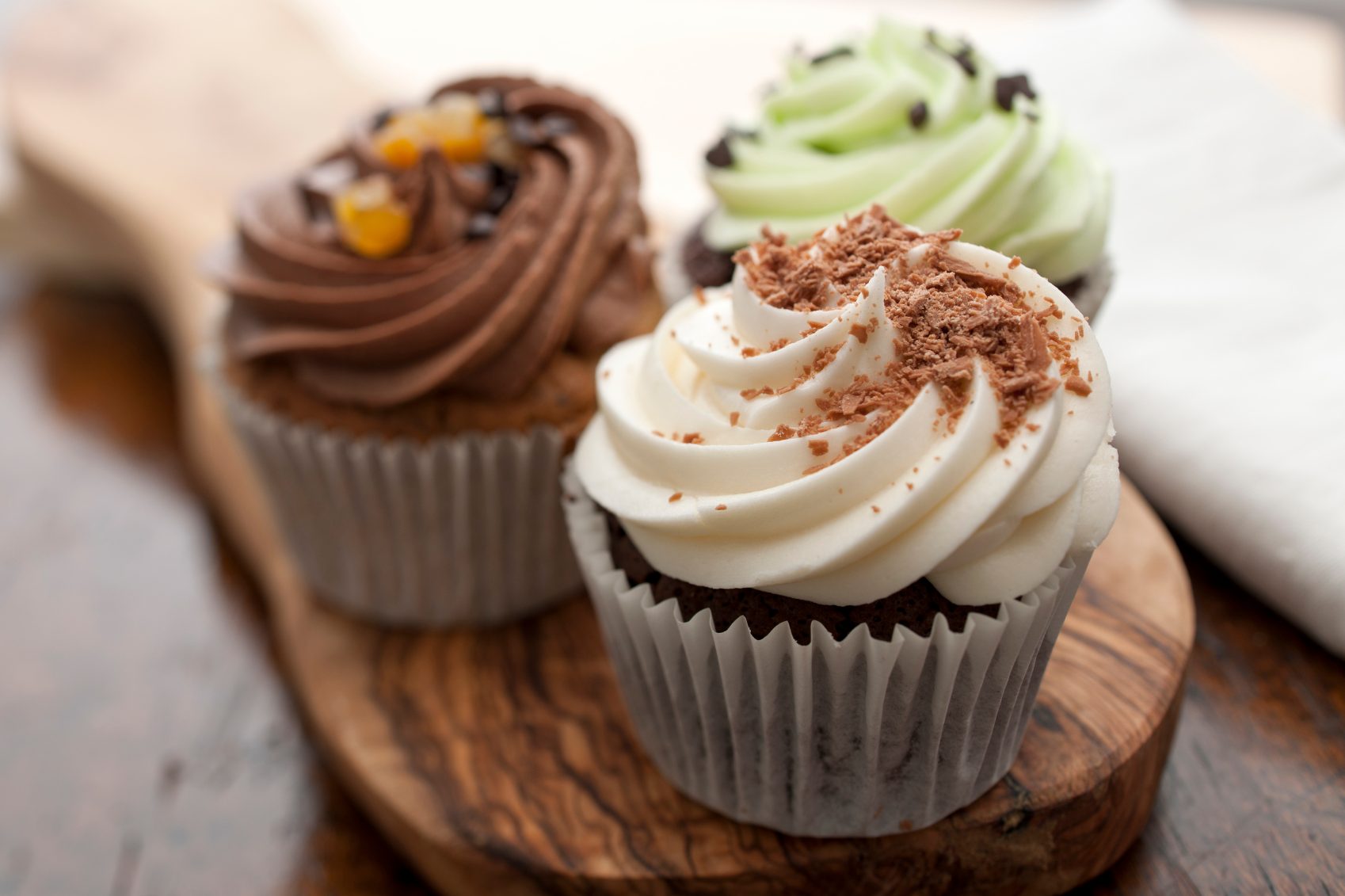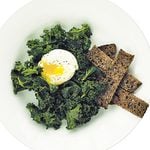How Our Foods Affect Our Moods
Constant craving for cupcakes? Explore the link between taste buds and emotions.

To better understand taste, try to recall your last summer barbecue. Think of the salty crunch of the potato chips, or the feeling of biting into a freshly grilled hot dog. Do you remember the brassy fizz of a first sip of a beer, or that tangy gulp of lemonade?
At its simplest, taste is the transmission of signals from thousands of taste buds on the tongue, throat and roof of the mouth to the brain. However, touch, sound, smell and sight are all involved in its production. Those chips, for example, aren’t the same without their sound. Experiments at the University of Oxford have shown that the louder a chip crunches, the more likely the eater is to perceive it as fresh. Even our lighting can influence how a wine might taste; one 2009 study found people tend to enjoy their Riesling more in blue or red environments.
That can of beer might also have a different flavour from one person to another. Variations on the TAS2R38 gene will change the shape of your bitter taste receptors, which determine how strongly you taste foods such as broccoli and Brussels sprouts. Another key factor in how we perceive taste? Our daily oral hygiene regimen. A well-cleaned mouth equals heightened experience of flavours.
Medical practitioners in India more than 3,000 years ago believed in our taste buds’ ability to sense what’s good for us. Ayurvedic medicine, an ancient system of health care still used today, dictates that six tastes should be present in a healthy meal: sweet, sour, salty, bitter, pungent (such as in chilies and onions) and astringent (like in tea). In the Middle Ages, foods were used to treat moods: eggs and apples as aphrodisiacs, dates as stimulants, and lettuce leaves and chicory as tranquilizers.
Modern medicine has revealed some truth to both approaches. We know an impaired sense of taste can encourage us to oversalt and over-sweeten foods, while our moods themselves can change the way we taste.
This year, the Monell Chemical Senses Center in Philadelphia found that stress hormone receptors in mice affect how strongly their taste cells respond to sweet foods. “We’ve known for a long time that stress and eating are related.
But now we know our taste buds themselves are directly responsive to stress,” says Rocky Parker, professor at Washington and Lee University. He posits that when we’re stressed, our ability to taste sweetness goes down, meaning we have to eat more Fuzzy Peaches to get the same flavour.
A German study published last summer, involving people with high depression and anxiety, found that those experiencing intense emotions (in this case, while watching happy or sad videos) tasted bitter, sweet and sour foods more strongly. Participants also reported being unable to tell how much fat was in what they were eating at the time-which explains how quickly ice cream seems to disappear during a movie.
As recollections of summer barbecues can attest, emotion and memory also significantly influence the way we eat. In his 1913 novel In Search of Lost Time, Marcel Proust stops short after tasting a tea-soaked madeleine cake. He realizes the rush of feelings the treat brought on reminded him of Sunday mornings he used to spend with his aunt Léonie. What
Proust understood more than 100 years ago about the happy effects of taste, neuroscientists now believe can work both ways. Warm associations with the smell and taste of Grandma’s strawberry shortcake can leave you with a penchant for strawberries and baked sweets.But beware: a foul food memory, of even one spoiled egg salad, for example, can turn you off a dish for life.
The Breakthrough
Spoons that artificially salt your soup, video game modules that can make you taste blood-these sound like details from a sci-fi flick. But thanks to Nimesha Ranasinghe, both will be possible sooner than you think. Last year, the post-doctoral research fellow at the University of New York in Abu Dhabi developed a “digital lollipop” that replicates five basic tastes-salty, minty, spicy, sour and bitter-on the tongue through small electrical pulses. He’s now developing the Digital Taste Interface for market use in everyday items such as spoons and bottles, with the hope it may one day be useful in people’s diets. “Suppose you’re eating an ice cream. With a spoon, we can add virtual flavours, like saltiness or sourness,” he says. “You can eat porridge and flavour it, without calories.” Sweet stuff.



